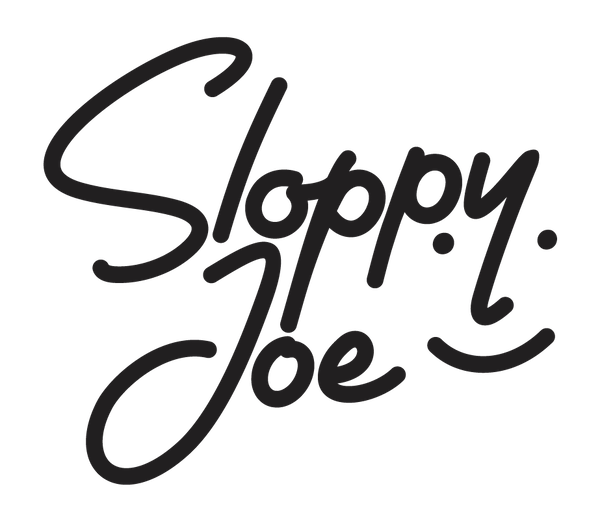Summary The Economics of Spot Sprays – Sprayers 101 sprayers101.com
1,691 words - html page - View html page
One Line
"Sprayers 101" covers the economics of spot sprays, discussing their benefits in terms of cost-saving by targeting weeds, but also mentioning that some companies charge fees for this service.
Slides
Slide Presentation (11 slides)
Key Points
- Spot sprays can save product by only spraying the weeds instead of the whole field.
- User fees for spot sprays can complicate the cost equation.
- The cost of spot sprays is influenced by the herbicide price, algorithm fees, and potential misses.
- Spot sprays with no background run the risk of misses and potential yield loss.
- Spot sprays can reduce crop exposure to herbicides with low crop safety.
Summaries
36 word summary
"The Economics of Spot Sprays" is covered in "Sprayers 101," which discusses spray application, calibration, maintenance, nozzle selection, and specialty sprayers. Spot sprays save costs by targeting weeds, but some companies charge fees for spot spray
83 word summary
The Economics of Spot Sprays is a topic discussed in the document "Sprayers 101." The article covers various aspects of spray application, including general concepts, calibration, cleaning and maintenance, and nozzle selection. It also provides information on specialty sprayers
Spot sprays offer the potential for cost savings by only spraying weeds instead of the entire field. However, some companies charge user fees for the use of their spot spray detection algorithms, which can affect the cost equation. The fees range from $3 to
